Have you ever looked at your cat, curled up in the sunbeam, and wondered, “Is she really happy here?” Cats are mysterious creatures; their behaviors can be puzzling and sometimes even hilarious. But when a cat truly feels at home, she lets you know — if you know what to look for. Some habits are more than just quirks; they are heartfelt messages from your feline friend, saying, “I’m settled now.” Let’s explore the subtle, adorable, and sometimes surprising habits that reveal your cat’s comfort and contentment.
Slow Blinking: The Ultimate Kitty Kiss

When your cat looks at you and blinks slowly, it’s not just a sleepy gesture. In the feline world, slow blinking is a huge compliment. This gentle, deliberate movement is like a “kitty kiss,” a way for your cat to show she trusts you completely. If you return the slow blink, many cats will respond with another soft blink. It’s as if you are sharing a silent secret. This mutual display can melt even the coldest heart. So, if your cat gives you those dreamy eyes, know that she feels safe and settled in your presence.
Exposing the Belly: Trust on Display

A cat’s belly is her most vulnerable area, so when she flops over and shows it off, she’s sending a clear message: “I trust you.” Many cats will stretch out on their backs, paws in the air, and relax completely. Some may even invite you to gently rub their tummy, though not all cats enjoy belly rubs. This behavior signals that your home is her sanctuary. There’s something heartwarming about seeing a cat so relaxed and confident in her space.
Head Butting and Cheek Rubbing: Marking You as Family
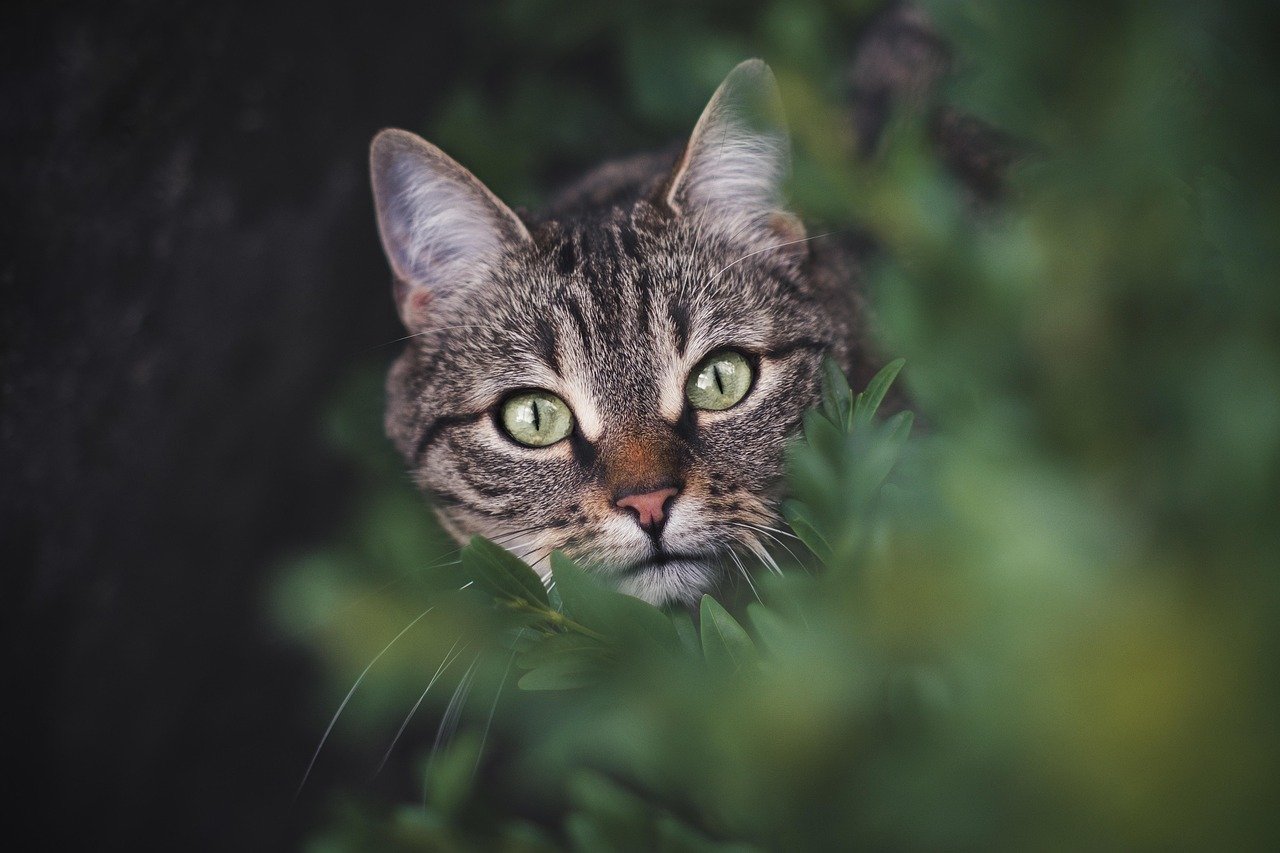
If your cat gently bumps her head against you or rubs her cheeks along your hand, she’s not just being affectionate. These are deeply rooted social behaviors. Head butting (called “bunting”) and cheek rubbing are ways cats mark their territory — and their people — with scent glands located on their face. When your cat does this, she’s saying, “You’re part of my family.” It’s a comforting, unspoken bond that only grows stronger as your cat settles in.
Kneading: Making Biscuits, Making Memories
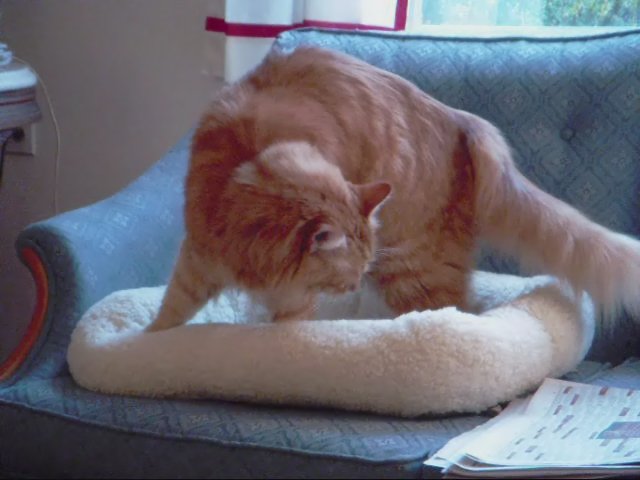
The rhythmic motion of a cat pressing her paws against a soft surface is called kneading. This sweet habit often starts in kittenhood, when kittens knead their mothers to encourage milk flow. Adult cats knead when they feel happy, safe, and at ease. If your cat kneads your lap, your blanket, or even your sweater, she’s showing she’s settled and content. It’s a little reminder of her carefree kitten days, brought to life because she feels right at home.
Bringing You “Gifts”: Sharing the Spoils

While it may not always be pleasant to receive a surprise from your cat — a feather, a toy, or even a mouse — this behavior is actually a sign of affection. In the wild, cats bring food back to their family. When your well-fed indoor cat drops a “gift” at your feet, she’s telling you, “You’re important to me.” It’s a quirky but genuine way for your cat to express her sense of belonging and care for you as her family.
Following You Everywhere: A Loyal Shadow
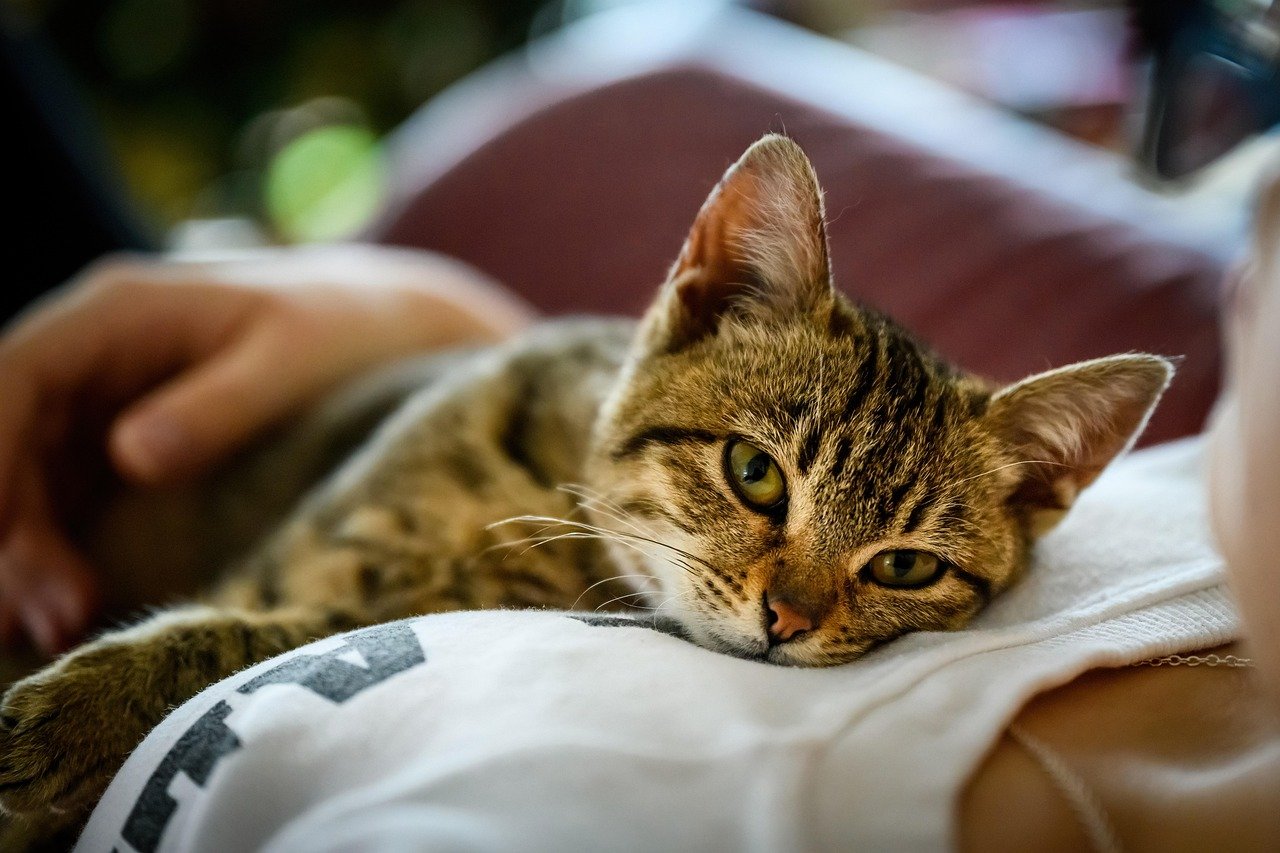
Some people believe cats are aloof and independent, but when a cat feels settled, she may become your constant companion. Does your cat follow you from room to room, even into the bathroom? This habit shows she wants to be near you and feels secure in your company. Your presence is comforting, and she enjoys being part of your daily routine. There’s something incredibly endearing about a feline shadow that simply wants to be wherever you are.
Sleeping in Unusual Places: Claiming the Territory
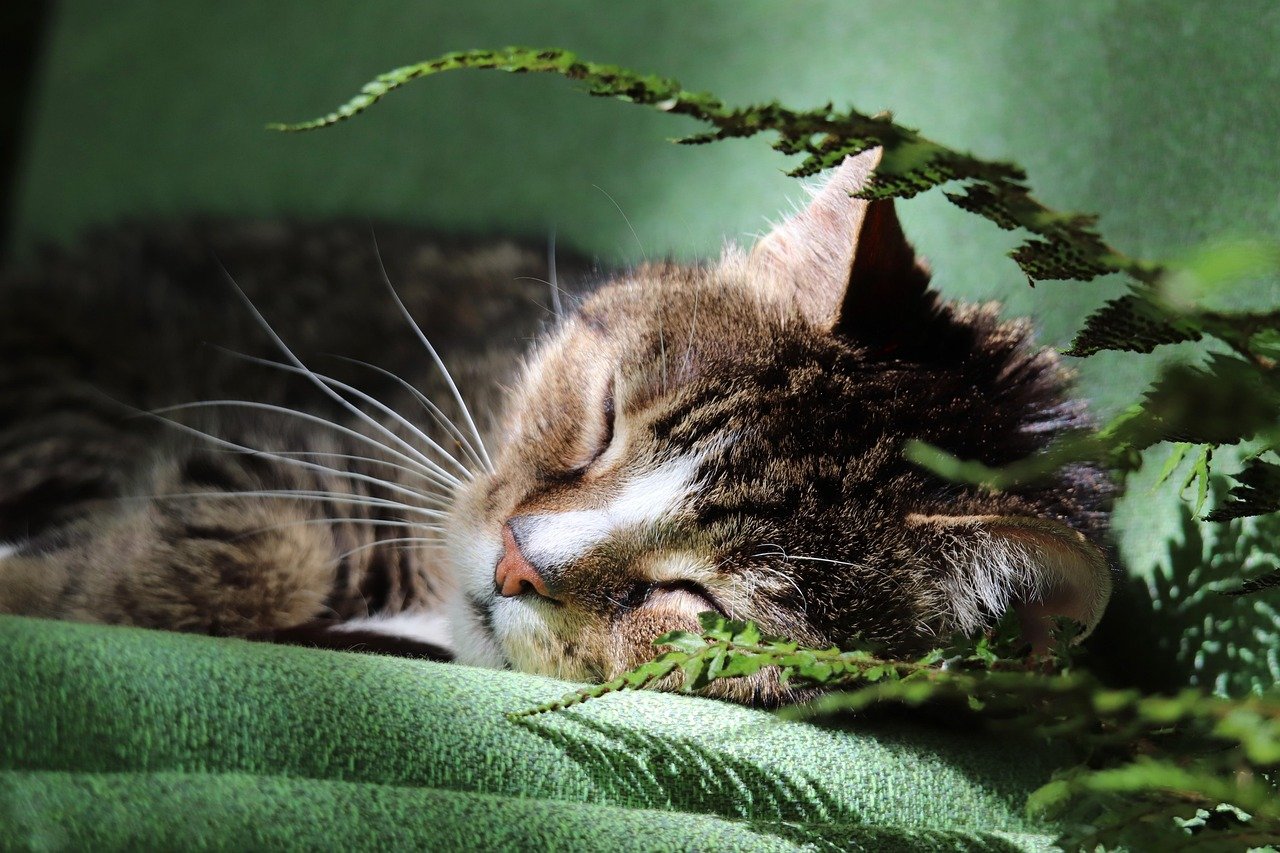
Have you ever found your cat curled up in a laundry basket, on a bookshelf, or even inside a shoebox? Cats explore and test out different sleeping spots when they feel at home. By choosing unexpected places to nap, your cat is claiming her territory and making your house truly hers. Each new spot is a testament to her growing confidence and comfort in her environment.
Chirping and Chattering: Expressive Contentment
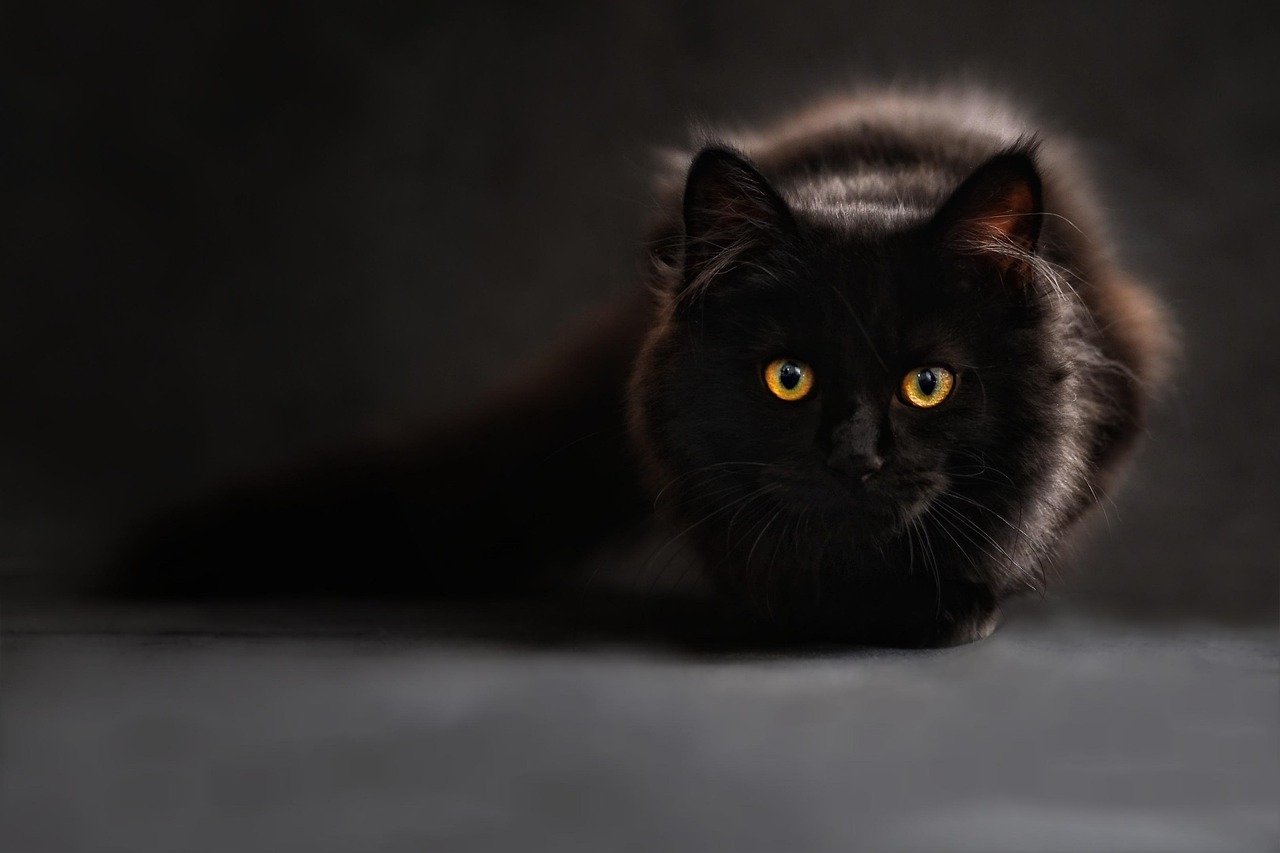
You might notice your cat making unusual sounds, like chirps, trills, or chatters, especially when looking out the window or greeting you at the door. These vocalizations are signs your cat is both happy and stimulated. Cats rarely use these sounds with strangers, saving them for those they know and trust. If your cat greets you with a cheerful trill, she’s letting you know she feels at ease and excited to see you.
Tail Held High: Confident Posture
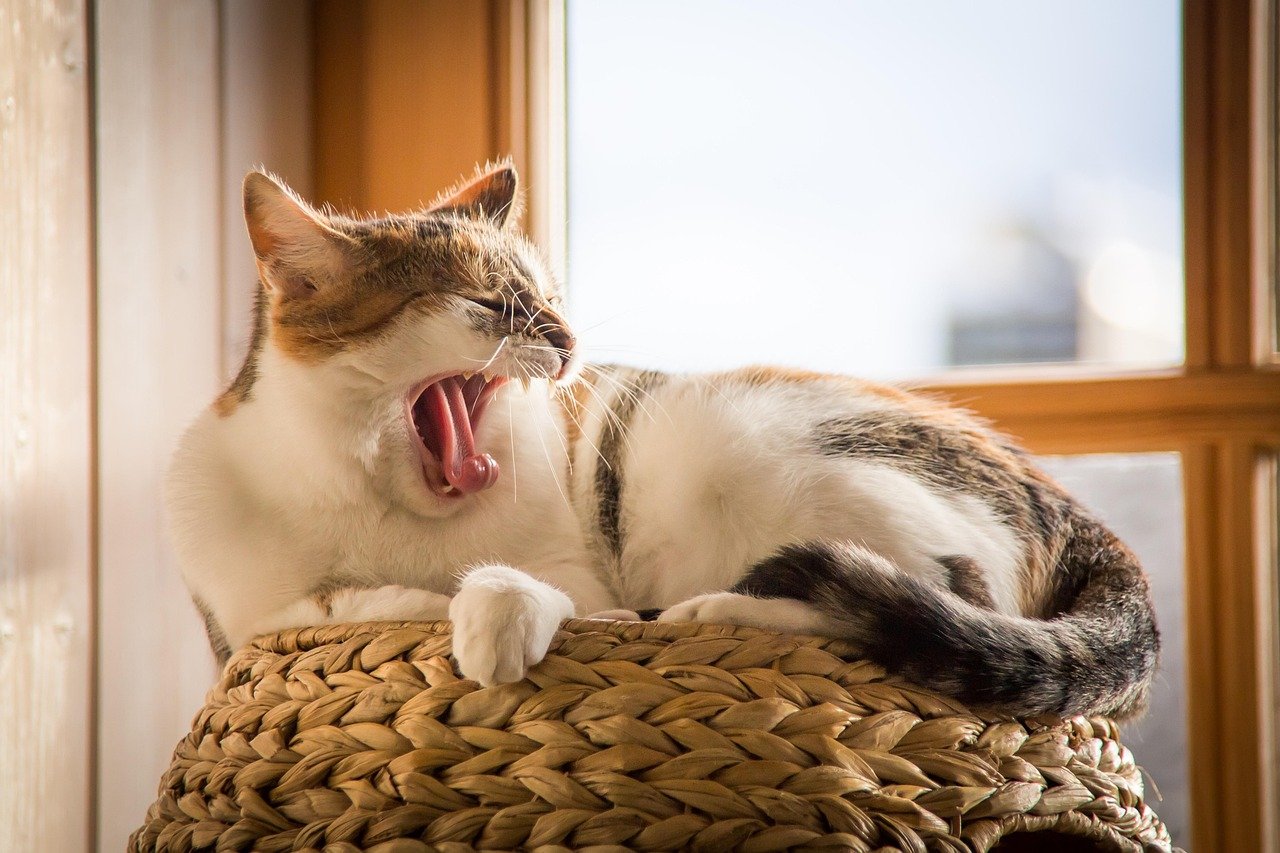
A cat’s tail is a powerful indicator of her mood. When your cat walks around with her tail held high, sometimes with a little curve at the tip, she’s showing off her confidence. This posture means she feels secure and proud of her surroundings. It’s a clear sign your cat is settled — she’s not afraid of her environment, and she’s happy to strut her stuff. A swishing, upright tail is like a feline flag of contentment.
Grooming in Your Presence: Relaxed and Unafraid
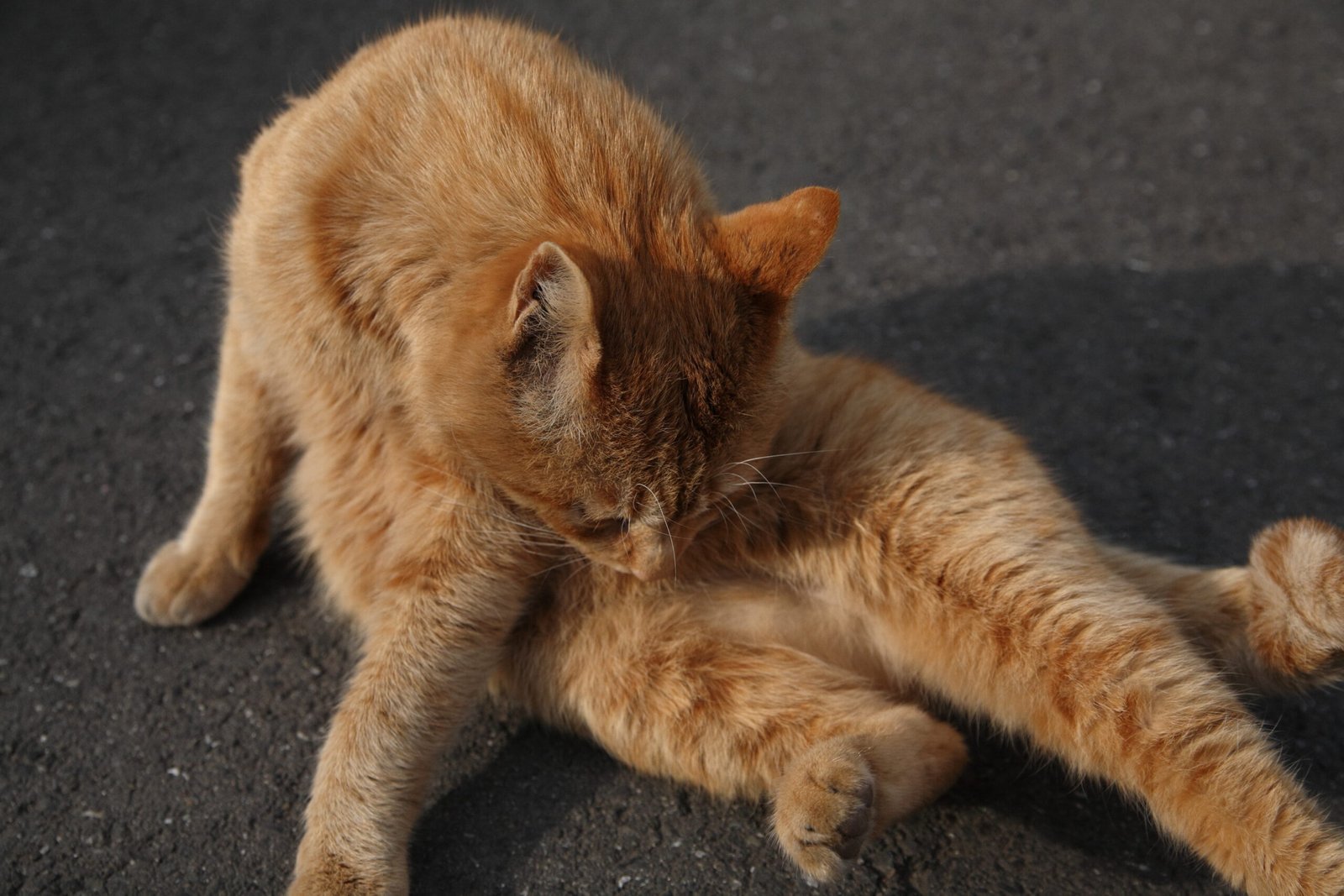
Cats are fastidious about their grooming, and they often choose quiet, safe places to clean themselves. If your cat grooms herself in front of you, she feels relaxed and unthreatened. Sometimes, she may even try to groom you with gentle licks or nibbles. This is a mark of trust and comfort. It’s as if she’s saying, “I’m safe here, and you’re part of my inner circle.”
Purring Loudly: The Soundtrack of Happiness

A cat’s purr is one of the most soothing sounds in the world. While cats sometimes purr when stressed, a loud, rumbling purr in your presence is usually a sign of deep contentment. If your cat curls up beside you, kneads your lap, and purrs away, she’s broadcasting her happiness loud and clear. This is her way of telling you she’s exactly where she wants to be.
Playful Antics: Rediscovering Kitten Joy

When a cat feels secure and settled, she often regains her playful spirit. Whether it’s chasing a toy mouse, leaping after a feather wand, or pouncing on your socks, this playfulness is a wonderful sign. Play is not just about fun; it’s a way for your cat to express comfort, curiosity, and joy. Watching your cat play can remind you of the happiness found in small, simple moments.
Inviting You to Pet Them: Seeking Connection
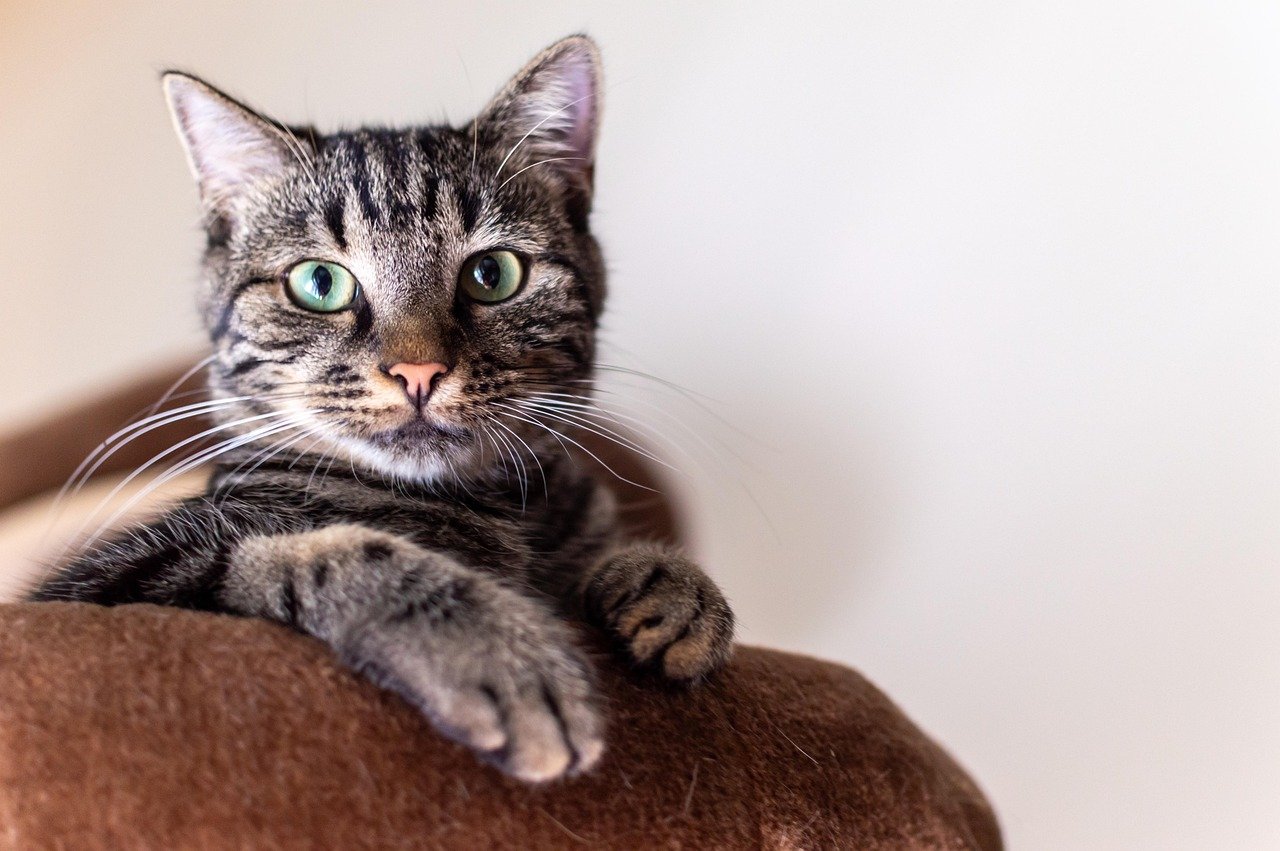
Some cats are naturally more reserved, but if your feline friend starts nudging your hand, head-butting you, or even flopping down in front of you for pets, it’s a big deal. She’s inviting connection and touch — a true sign she feels at home. Each request for affection is a gentle reminder that she trusts you and enjoys your company.
Sprawling Out Instead of Hiding: Open Comfort

Cats that are uncertain or nervous often hide under furniture or in closets. But a settled cat will sprawl out, fully stretched, in the open. This behavior is a sign of total comfort and confidence. When your cat lounges in the middle of the room, she’s declaring, “This is my space.” It’s a subtle but powerful message of belonging.
Chin Resting: The Sweetest Surrender
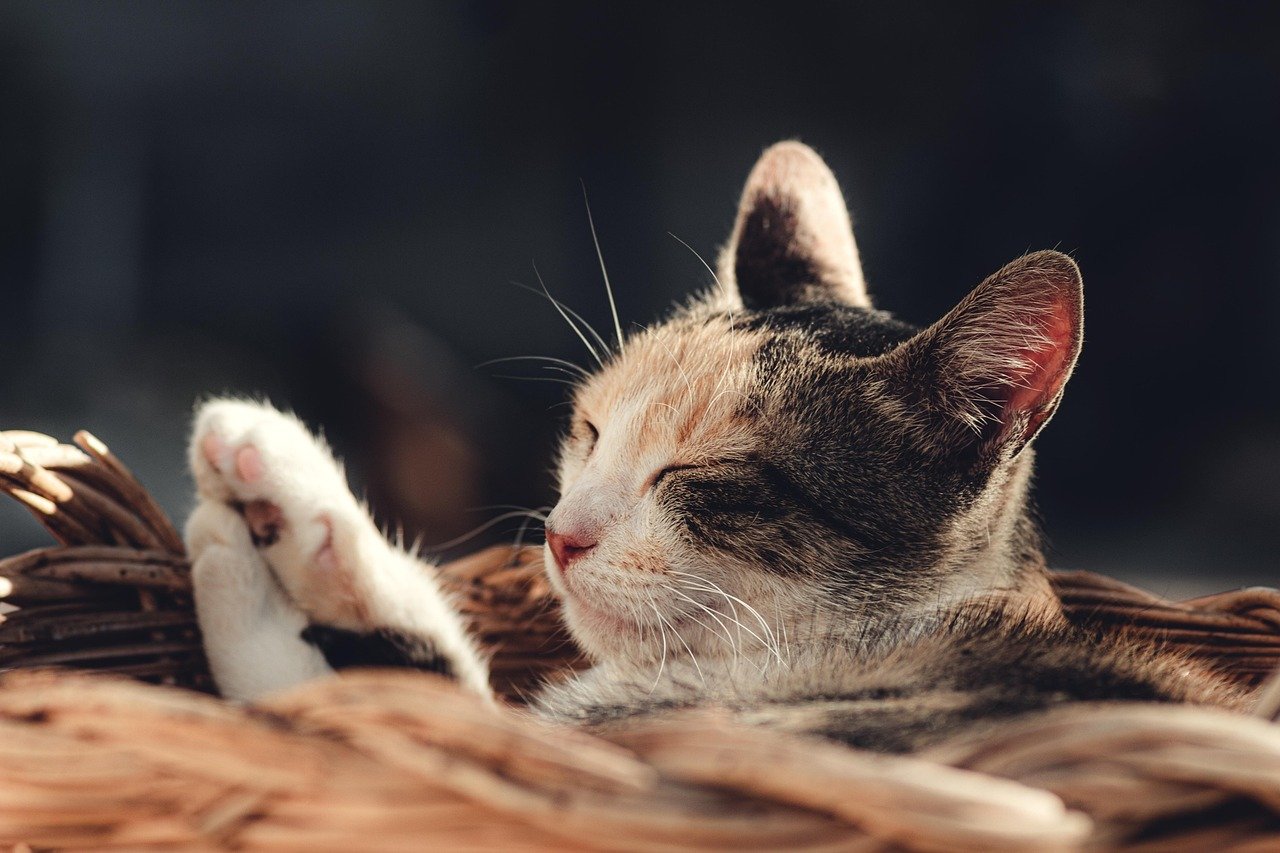
When a cat rests her chin on your hand, lap, or even on a pillow nearby, she’s letting her guard down completely. This gentle, trusting posture shows she feels safe enough to relax deeply. It’s a simple gesture, but one that speaks volumes about her sense of security and peace in your home.
Greeting You at the Door: The Welcome Committee
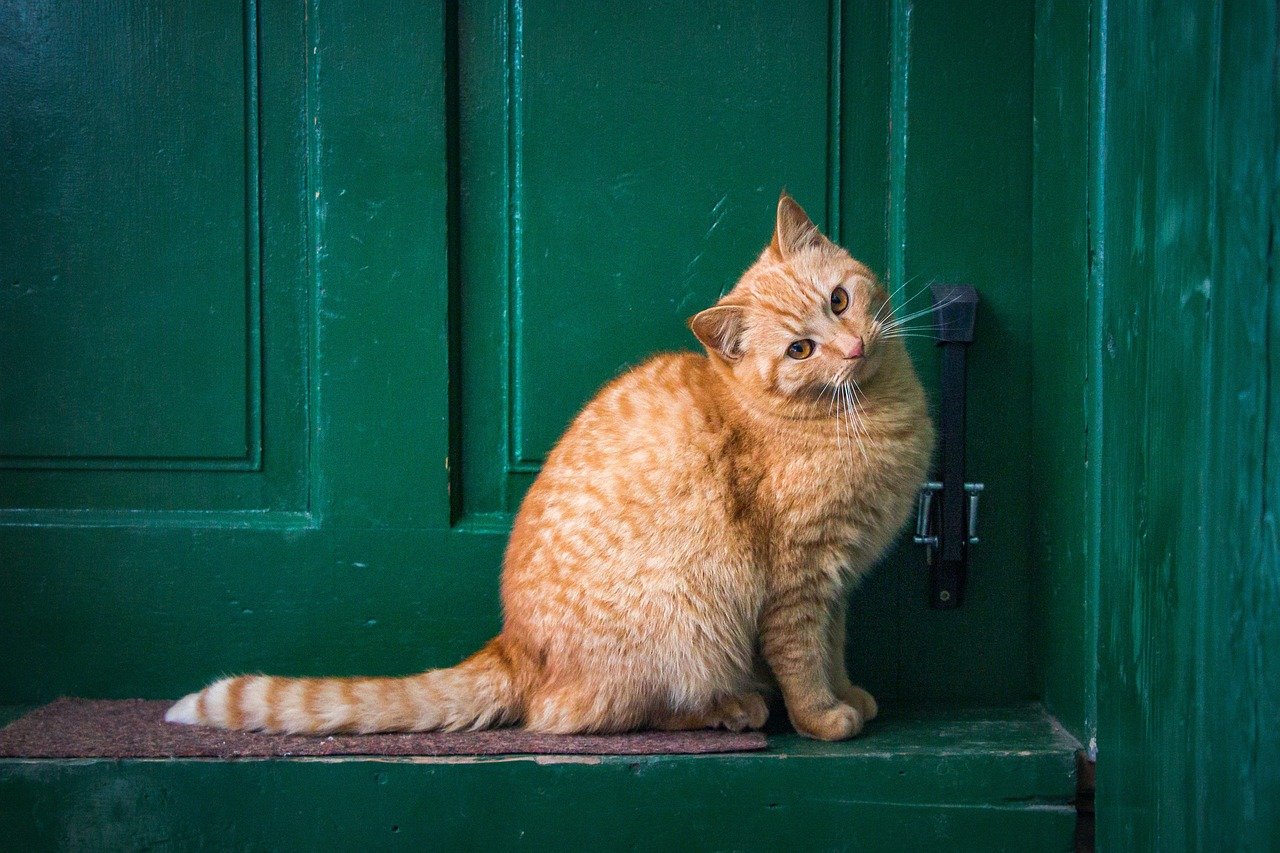
If your cat runs to greet you when you come home, you can be sure she’s settled. Not all cats are this outgoing, but those that are will often meet you at the door, tail up and sometimes even meowing hello. This warm welcome is a sure sign of attachment and happiness. It’s as if she’s saying, “You’re home! I missed you!”
Sharing the Bed: Nighttime Trust
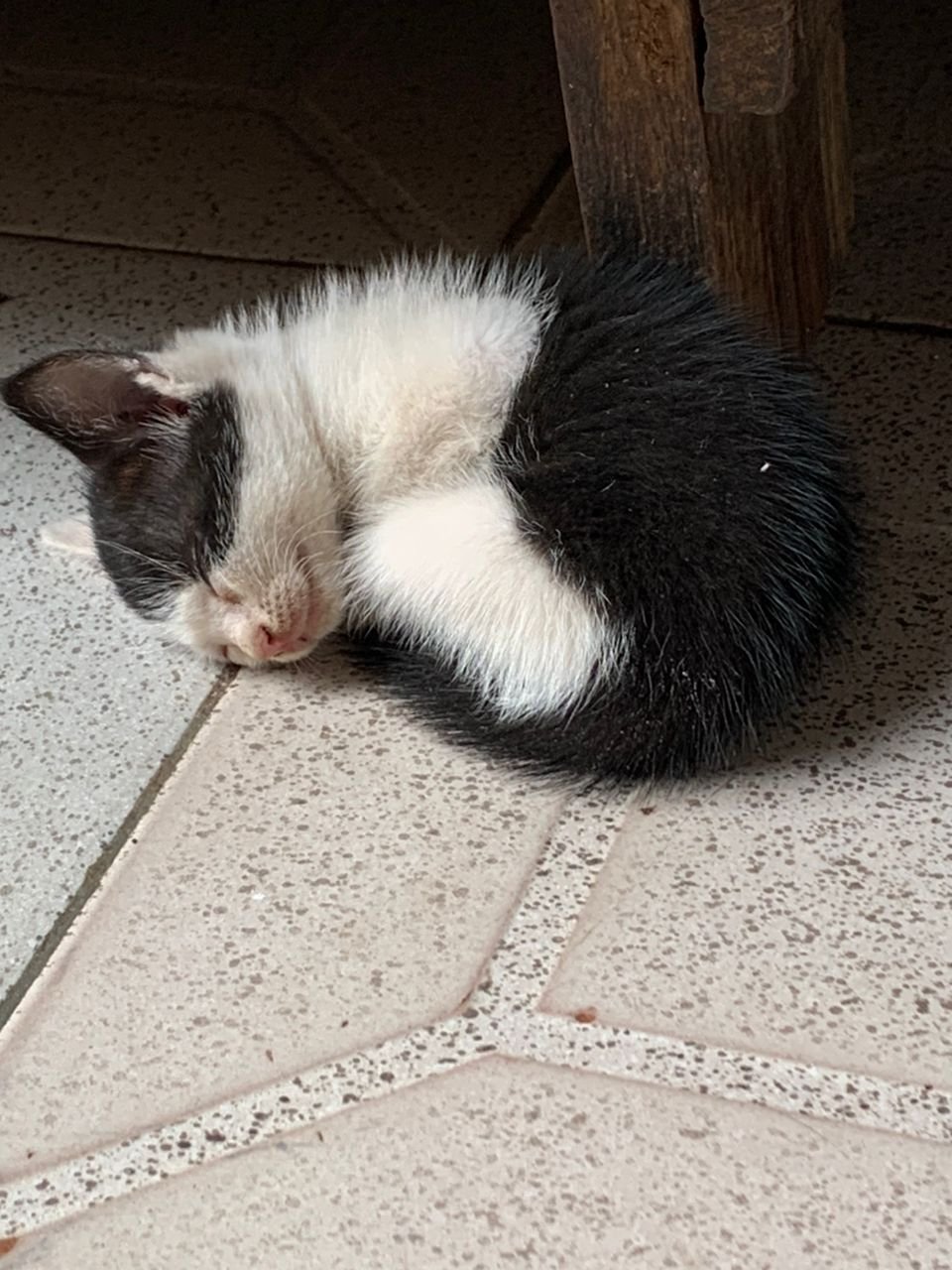
Many cats prefer to sleep close to their humans once they feel settled. If your cat curls up at your feet, snuggles near your pillow, or even stretches across your chest at night, she’s showing ultimate trust. Nighttime is when cats are most vulnerable, so sharing this quiet time with you means she feels safe and loved.
Eating Regularly and Relaxing After Meals: Content Routine

A cat’s eating habits can reveal a lot about her state of mind. Settled cats eat regularly and then often relax, groom, or nap after a meal. Erratic eating or hiding after meals can signal stress. When your cat enjoys her food and then stretches out contentedly, you can be sure she feels at home.
Vocalizing Softly: Gentle Conversations
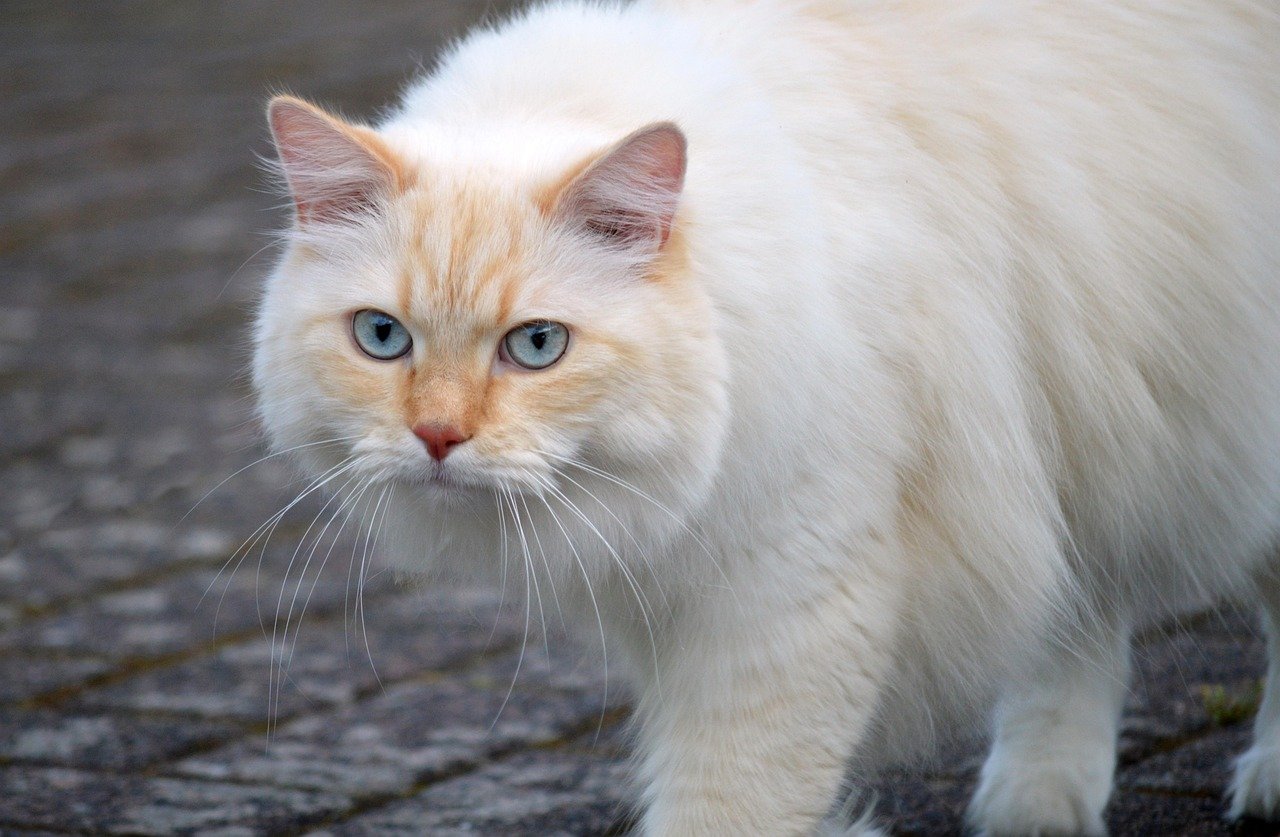
Some cats are chatty, using a variety of meows and murmurs to communicate. When your cat talks to you in soft, gentle tones, she’s expressing comfort and seeking interaction. These quiet conversations are reserved for those she trusts, and responding with your own voice can strengthen your bond.
Staying Nearby During Storms or Loud Noises: Seeking Safety with You
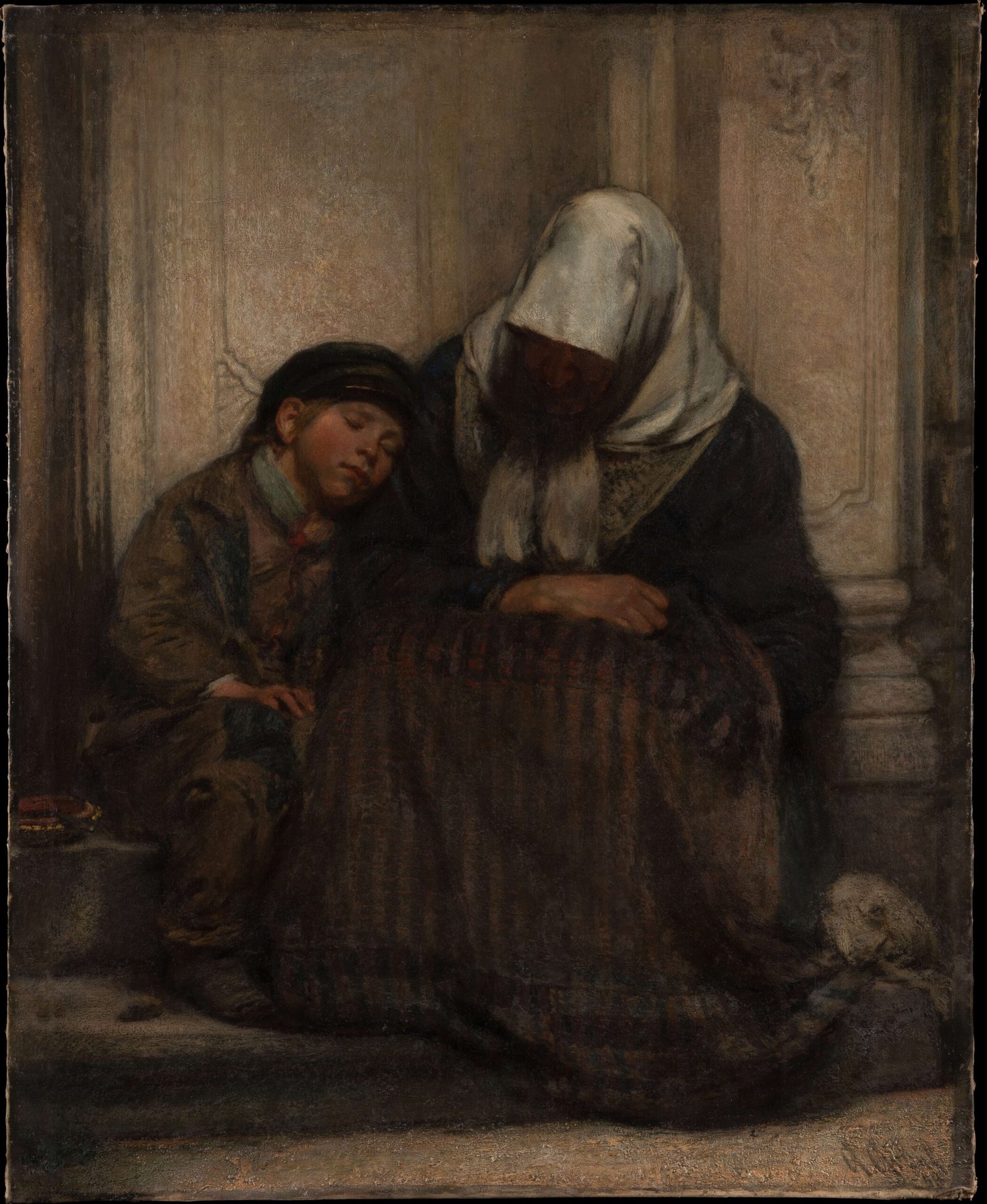
During thunderstorms, fireworks, or loud noises, many cats seek out their favorite person for comfort. If your cat comes to you instead of hiding, it’s a powerful sign she sees you as her protector. In moments of fear, choosing to be close to you means she feels truly settled and secure.
Using the Litter Box Confidently: Comfort in Routine

A cat that feels comfortable in her surroundings will use her litter box regularly and without issue. Settled cats are less likely to have accidents or display territorial marking behaviors. If your cat uses her box reliably, it’s a quiet but clear sign that she feels at home in her environment.
Hi, I’m Bola, a passionate writer and creative strategist with a knack for crafting compelling content that educates, inspires, and connects. Over the years, I’ve honed my skills across various writing fields, including content creation, copywriting, online course development, and video scriptwriting.
When I’m not at my desk, you’ll find me exploring new ideas, reading books, or brainstorming creative ways to solve challenges. I believe that words have the power to transform, and I’m here to help you leverage that power for success.
Thanks for stopping by, Keep coming to this website to checkout new articles form me. You’d always love it!






